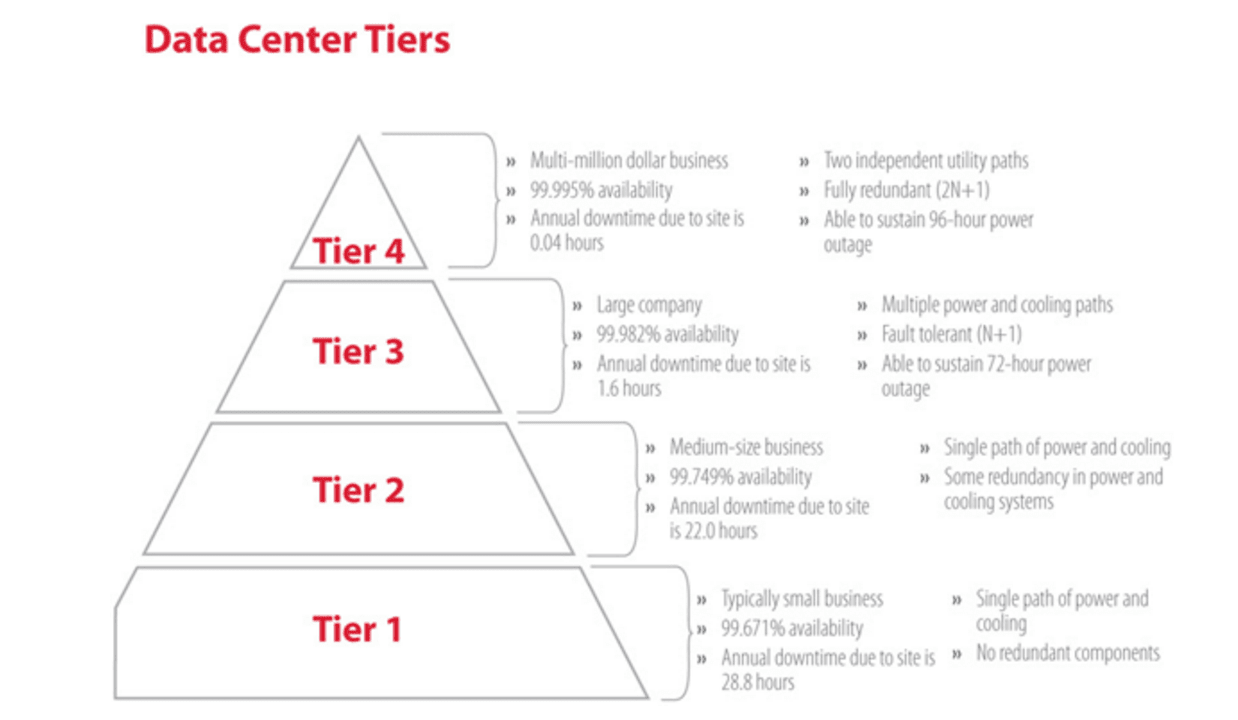What Happens to Redundancy If Company Goes Bust? A Guide to Your Rights
What Happens to Redundancy If Company Goes Bust? A Guide to Your Rights
Blog Article
Discovering the Operational Dynamics of Firm Redundancy and Its Long-Term Sustainability

Redundancy Approaches for Company Connection
In order to make certain undisturbed procedures, businesses need to carry out efficient redundancy methods for organization continuity. Redundancy in this context refers to the duplication of critical components or functions within a system to alleviate the impact of possible failings. By incorporating redundancy techniques, organizations can boost their resilience against interruptions brought on by numerous variables such as natural disasters, devices failures, or cyber-attacks.
One usual redundancy method is the execution of back-up systems and information storage space services. This includes producing matches of crucial information and systems that can be turned on in case of a primary system failure. Additionally, companies can establish repetitive interaction networks and power resources to maintain connectivity and operations during unanticipated events.
Additionally, cross-training staff members to execute numerous functions within the business can function as a useful redundancy method. This guarantees that vital jobs can still be performed also if essential workers are inaccessible because of ailment or various other factors. Generally, effective redundancy strategies are crucial for organizations to promote operational connection and lessen the impact of potential disturbances.
Effect of Redundancy on Organizational Strength
Given the critical duty redundancy methods play in making sure business connection, checking out the impact of redundancy on organizational durability comes to be important for understanding the all natural operational characteristics of a company. Business durability describes an entity's ability to adjust to disruptions, recoup from problems, and change when necessary while preserving core features. Redundancy, when purposefully applied, can dramatically add to improving an organization's resilience when faced with unforeseen obstacles. By having backup systems, employees, or processes in location, firms can better endure shocks and continue operations with marginal disturbance.
Furthermore, redundancy can promote advancement and creative thinking within a company as workers really feel empowered to take computed risks, understanding that there is a security internet to sustain them in situation of failing. In general, the impact of redundancy on business durability is extensive, forming the lasting sustainability and success of a company.
Balancing Effectiveness and Adaptability in Redundancy
Accomplishing an unified stability in between functional performance and adaptive adaptability is an essential difficulty in the calculated implementation of redundancy within companies. Too much flexibility without a solid operational foundation can result in inefficiencies and incongruity.
To balance effectiveness and flexibility in redundancy preparation, organizations have to very carefully analyze their functional demands, market characteristics, and strategic objectives. Executing lean practices can enhance effectiveness by streamlining procedures and removing waste, while cultivating a culture of flexibility and continual enhancement can boost adaptability. In addition, purchasing cross-training programs and durable communication networks can assist grow a flexible workforce efficient in taking care of diverse jobs throughout periods of change. Ultimately, discovering the right equilibrium between efficiency and versatility is important for developing a resilient and lasting organization when faced with unpredictability.
Long-Term Sustainability Via Redundancy Planning
To ensure long-lasting feasibility and stability, companies must purposefully align their redundancy preparation with long-term sustainability objectives, consequently integrating functional performance with flexible versatility. Companies need to watch redundancy not as a reactive option to prompt troubles however as a proactive strategy for long-lasting success.

Aggressive Procedures for Lasting Firm Operations
Just how can companies proactively improve their functional sustainability for long-term success? Executing proactive actions is important for firms intending to make certain sustainable operations.
Additionally, cultivating a society of constant improvement and understanding within the organization can enhance flexibility to changing market conditions and client needs. Encouraging worker participation in decision-making processes and providing opportunities for expert development can enhance morale, efficiency, and total performance. Developing clear objectives, keeping track of crucial performance indicators, and frequently reviewing progress are essential components of aggressive sustainability monitoring.
Collaborating with vendors, clients, and other stakeholders to advertise lasting techniques throughout the supply chain can develop a causal sequence of favorable impact - redundancy pay if company goes bust. By taking positive actions towards functional sustainability, companies can build strength, drive advancement, and safeguard their long-lasting browse around this web-site success in an ever-evolving service landscape
Conclusion

In the world of business administration, the critical implementation of business redundancy stands as a crucial yet intricate practice that requires a fragile equilibrium between functional efficiency and long-term feasibility. By dissecting the operational dynamics that underpin company redundancy and evaluating its broader ramifications for organizational resilience and adaptability, a nuanced understanding of how redundancy techniques can shape the future trajectory of a firm begins to unravel.Provided the crucial duty redundancy this article methods play in making certain service continuity, exploring the effect of redundancy on business durability comes to be critical for recognizing the alternative operational dynamics of a business. Overall, the impact of redundancy on business resilience is extensive, forming the lasting sustainability and success of a business.
In conclusion, comprehending the operational characteristics of company redundancy is important for ensuring long-term sustainability.
Report this page